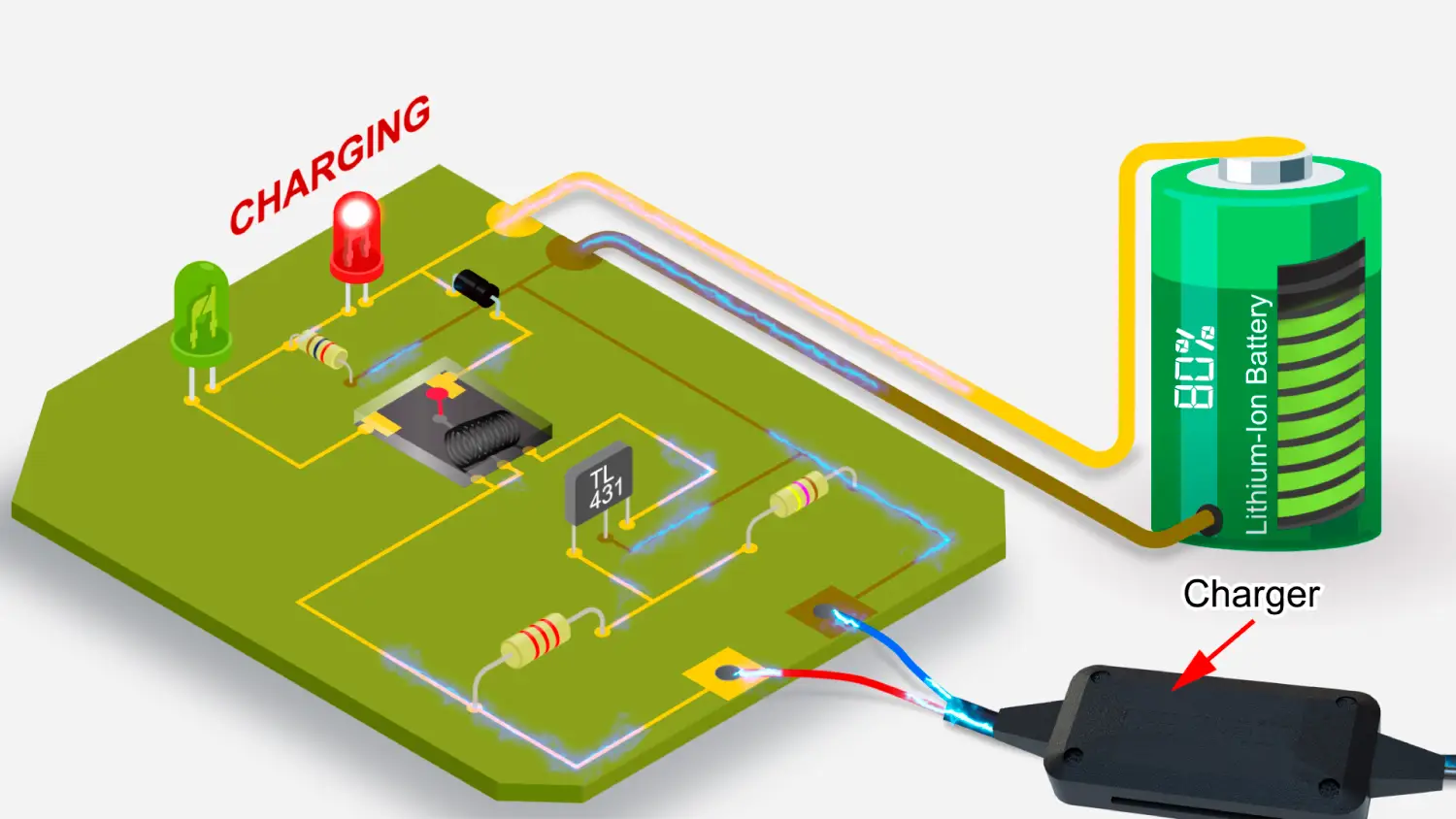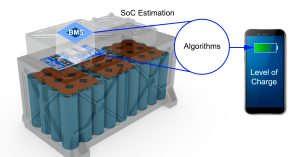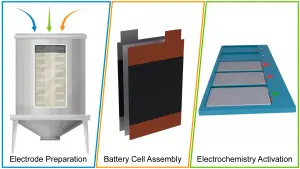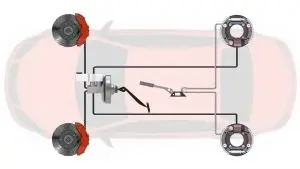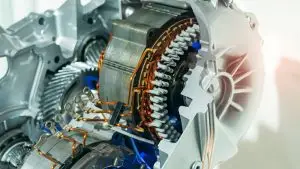Course Description
The THORS Lithium-Ion Battery Charging course introduces learners to battery chargers, covering their components, classification, as well as charger operation. The course also explores battery operation, including the charging process, charging parameters, charging methods, the Battery Management System (BMS), and the discharging process. To enhance the learning experience, interactive quizzes are included, allowing learners to test their knowledge and retention of the visually engaging content.
Who will benefit from this lithium-ion battery charging course?
Quality, service, manufacturing, engineering, design, testing, purchasing, and sales functions at organizations that require an understanding of lithium-ion battery chargers, their operation, and the operation of lithium-ion batteries.
Course Classification
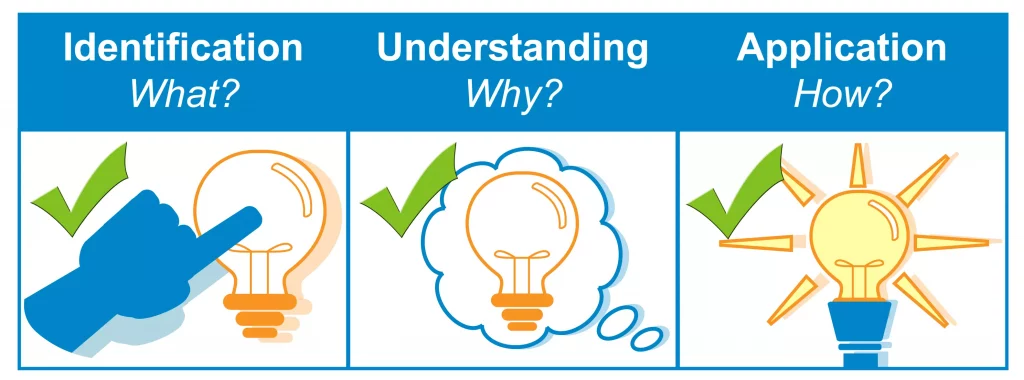
*THORS uses the Bloom’s Taxonomy Methodology for our course development.
Certificate Awarded for Lithium-Ion Battery Charging
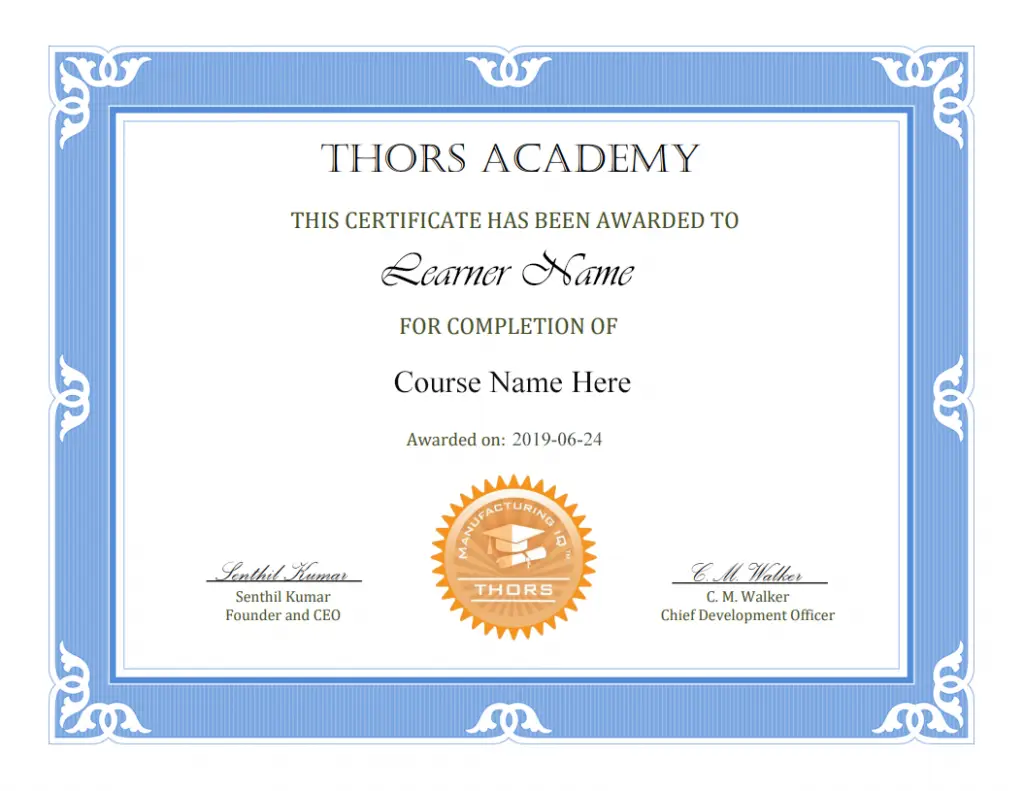
*upon successful completion
Related Posts

4 Safety practices for a safe welding environment
In any welding environment, safety is critical. If safety practices are ignored, people working may face an array of hazards which can be potentially dangerous and lead

5 signs you should invest in effective workforce training
In today’s constantly changing marketplace, the importance of workforce training has never been greater. Workforce training has the ability to not only increase workforce efficiency
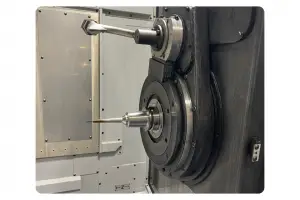
What is the Focus of Mechanical Safety in HMC Operations?
What are Horizontal Machining Centers? Horizontal machining center (HMC) safety involves machines that have spindles oriented horizontally, meaning that the cutting tools of the machine

